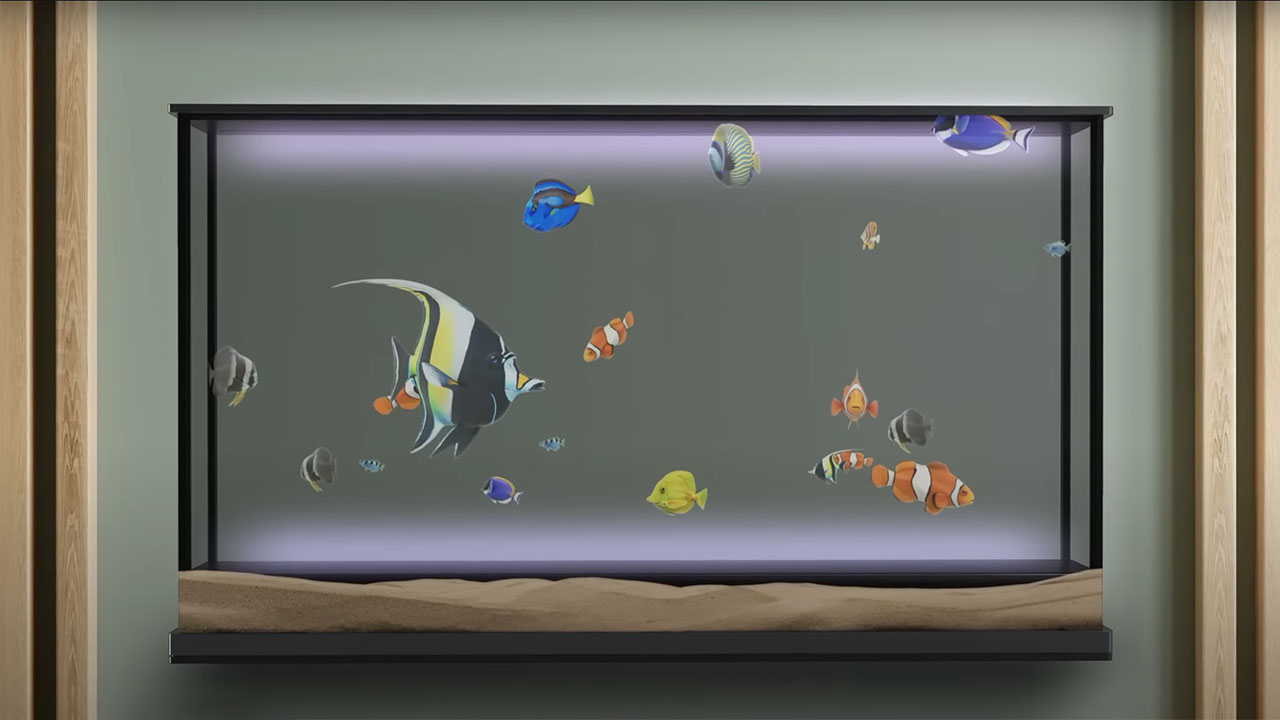Transparent TVs: The Futuristic Technology You Didn’t Know You Needed
Transparent TVs might sound like an innovation from a sci-fi blockbuster, but they are becoming an increasingly tangible part of our reality. Companies like LG, Samsung, and Xiaomi have ventured into this technology, which first surfaced in commercial applications around 2015. Xiaomi launched its transparent television in China in 2020, and now, LG has even revealed plans for a wireless version. But are we truly ready for this leap into the future?
 Innovative designs are reshaping how we experience entertainment.
Innovative designs are reshaping how we experience entertainment.
A Glimpse into Lightness and Clarity
At first glance, one might wonder: why would anyone want a screen that allows you to see what lies behind it? There was certainly a time when the very notion seemed absurd. I even confessed to a buddy at the tech expo a few years back that I wouldn’t see the practical value of having a transparent display in my home. I knew technology could mesmerize us, but a see-through TV seemed more like a quirky gimmick rather than a necessary addition to our lives.
Yet, I must admit, LG’s latest transparent TV makes a strong case for itself. Imagine a sleek screen that essentially vanishes when turned off, eliminating the clutter associated with traditional television sets. Truly, there is something appealing about the idea of seamlessly integrating technology into our living spaces.
Evolution of Design: Wireless Is Key
One key aspect of LG’s approach to transparent TV technology is its focus on wireless systems. Having a device that is entirely standalone in terms of connectivity means you can enjoy contemporary elegance without the accompanying jungle of cables. The idea of a neat and minimalist living room is something many of us aspire to. Personally, I’ve spent countless hours trying to tame the web of wires behind my entertainment center. The idea of eliminating those obstacles excites me.
“Transparent displays could offer less distracting interactions during video calls, making conversations feel more genuine.”
When you think about it, this technology can redefine how we engage with our surroundings. Picture a transparent display serving as a high-tech art piece on your wall when idle, doubling as a window to the outside world during meetings. Such creative uses could enhance the way we connect with friends and family across long distances.
 Redefining spaces with innovative technology.
Redefining spaces with innovative technology.
Tackling the Practicality Issue
However, with innovation comes challenges. My earlier skepticism about transparent screens wasn’t unfounded. One primary drawback of transparent TVs is their inability to display pure black. Instead, viewers face a washed-out image that isn’t ideal for your favorite dark thriller or riveting sci-fi saga. LG’s solution—a roll-up black screen to enhance contrast—feels a bit clunky and detracts from the sleek aesthetics that transparent TVs promise.
Add to that the reality that many of us live in spaces that aren’t Instagram-worthy. Homes filled with mismatched furniture, cords peeking from behind cabinets, and less-than-pristine walls aren’t going to look great alongside a transparent TV. As much as I admire the concept, I can’t help but wonder whether this product will find a true home in the lives of average consumers.
Where Do We Go From Here?
So, while transparent televisions are indeed a reality and may have applications in commercial settings, I remain unconvinced about their suitability for everyday home use. There’s a certain beauty in existing technology that enhances our lives without demanding we reinvent our spaces. Perhaps in the near future, tech enthusiasts can dream big with these innovations, but for those of us juggling everyday challenges, I believe transparent TVs might just belong in the realm of fiction for now.
Nonetheless, as someone who embraces the experimental nature of tech, I’m intrigued to see how this technology evolves. Perhaps one day, transparent screens will become as common as smart TVs, complete with features that actually make them more than a curiosity. Until then, I’ll keep my standard TV and anticipate whatever technological magic comes next in this exciting digital frontier.















